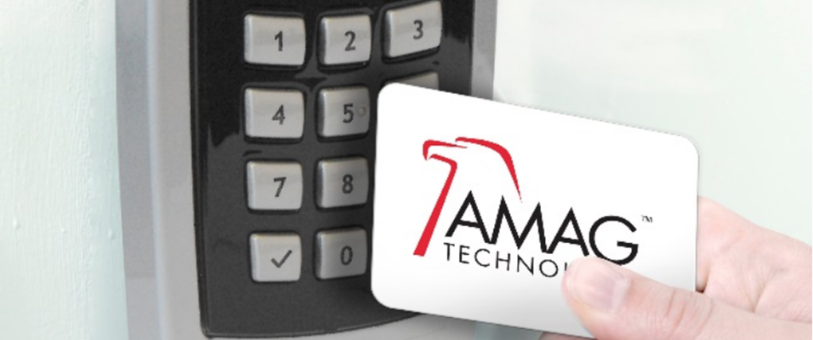
No matter what kind of business you operate, you have a variety of commercial security risks that could result in identity theft from your customer databases, fraud, shrinkage, internal theft, and organized retail crime— all of which threaten your commercial security. Protecting your business starts with an up-to-date commercial security system, but you also need to do more.
Businesses in 2020 and beyond face a wide variety of security challenges that are very different from those faced by enterprises even just 20-30 years ago. Creating a comprehensive system that minimizes your risks and prevents loss requires acknowledging where the threats to your business’s security are coming from…so let’s recap:
If you’ve never been the victim of identity theft, chances are you know someone who has. Millions of Americans have their personal data stolen every year, making identity theft one of the leading fraud complaints in the U.S. according to a leading publication on consumer fraud. In many cases, blame for identity theft lies squarely on the shoulders of companies who do not do enough to safeguard their customers’ sensitive information. Make sure you are not one of them. Business owners need to understand that this sort of breach not only creates havoc for their customers, it also results in a public relations crisis that can damage your company’s reputation, sometimes irretrievably.
Studies conducted by The National Retail Federation (NRF), an organization that studies retail risk and loss prevention, indicate that more than 90% of companies surveyed had been the victim of organized retail crime. According to NRF, retailers across the nation lose a collective $50 billion annually as a result of shoplifting, external theft, and organized retail crime. A separate FBI report estimates losses from organized retail crime could be as high as $30 billion per year.
Identity theft creates a crisis in consumer confidence, causing you to lose customers. Organized retail crime, including employee theft, can drain inventory and cost you a ton of money. All of these security challenges have the potential to significantly impact your bottom line; in businesses with lower margins or decreased traffic due to issues like coronavirus and COVID-19, commercial theft can be more devastating than ever before.
If you don’t have a strategic plan for deterring commercial theft, start by evaluating what you do have—and what you’re going to need—with using this business security checklist:
Exterior Security
Commercial security cameras are the first line of defense in deterring theft. They not only monitor your premises for illicit activity; they can also help to identify anyone who gained legitimate access to your business—vendors, delivery staff, visitors, repairmen, and more—during a specific window of time.
The information you get from your commercial security cameras will only be as good as the “view” they have. Walk your property frequently to be sure that the view your exterior commercial security cameras have is not obscured by bushes or shrubs, and that the areas they are directed toward are well-lit.
In similar fashion, make sure your building number is large and easy to see so that police and other first-responders can locate you quickly in case of emergency.
Monitor roof access to your building and keep ground-level windows locked from the inside at all times.
Interior Security
A surveillance system to monitor who goes in and comes out of high-risk areas such as supply rooms, cash offices, and computer equipment storerooms is the minimum. Make sure you keep that system up to date, repair cameras and other devices promptly, and monitor it around-the-clock.
Keep interior lights on after hours. The “extra electricity” costs will go a surprisingly long way toward deterring theft. Keep your alarm system activated whenever your business is unoccupied.
Controlling Access
There’s a lot more to theft deterrence than making sure your employees lock the doors behind them on their way out. Don’t take it for granted that even your best employees understand the proper procedures for securing the building when preparing to leave it unoccupied. Train your employees on how to adequately secure high-risk areas, and reinforce those procedures routinely. To maximize security and prevent identity theft, teach them how to handle access control key cards and passwords.
When an employee leaves the company for any reason, be sure to immediately deactivate anything they have been given to gain access to the building, or to information—passwords, access cards, keys, etc.
All entrances and exits must be controlled and monitored. Apply the strongest possible controls to areas that do not need to be accessible to most employees or to the general public, like supply rooms, cash offices, delivery docks, and computer equipment storerooms.
While it’s true that every business is exposed to loss from the theft of products, services, and/or information, taking the time to strategize an effective risk management and theft deterrence plan will go a long way toward protecting you against loss of inventory, money, and reputation.
